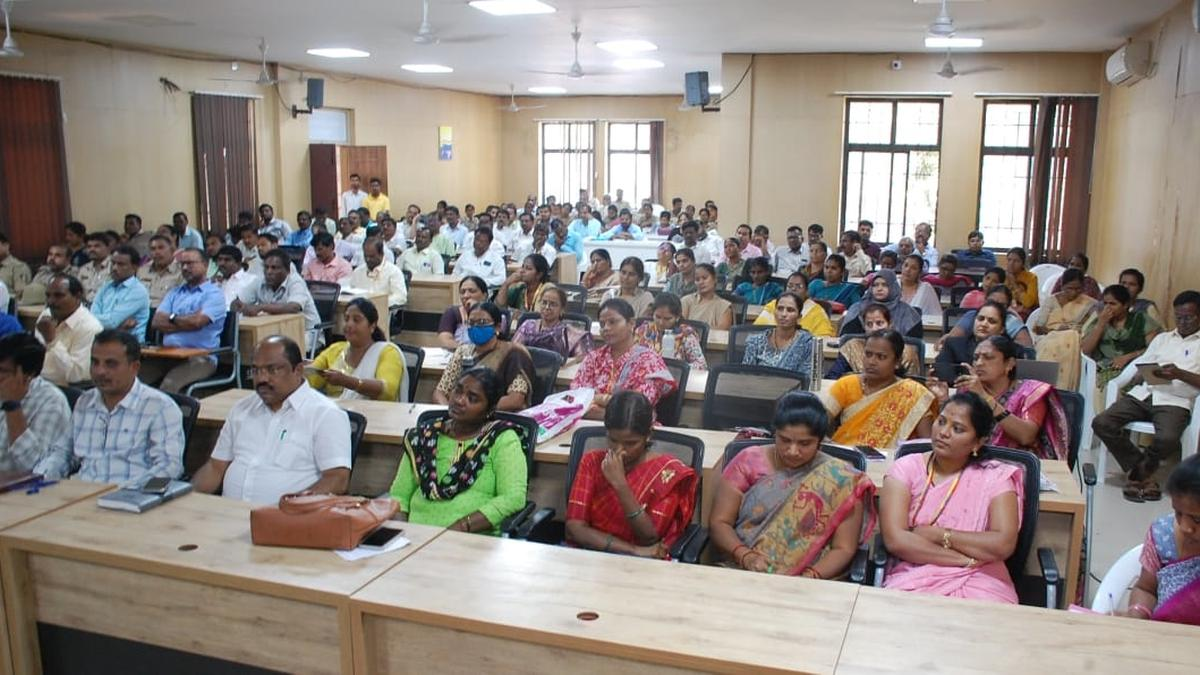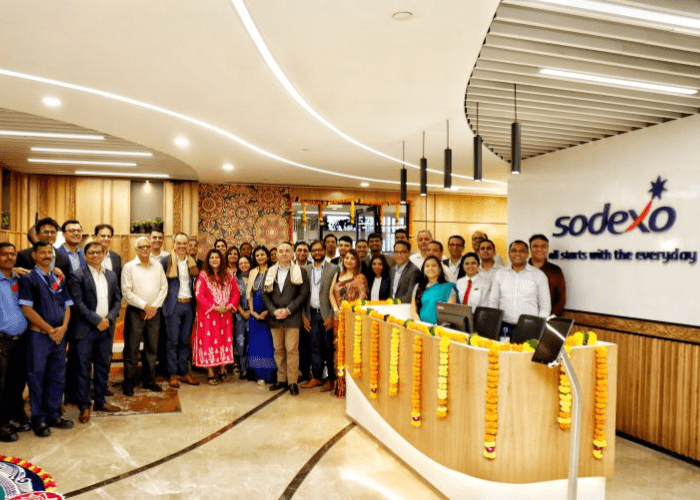We need discussions on ‘work culture’ and ‘work hours’ for all workers, irrespective of caste, class, gender, or state
Opinion by Tina Kuriakose Jacob
The tales one hears during one’s childhood offer perspectives for larger issues. The story of the war lost for the “want of a horseshoe nail” is one of them. Recent debates in India over work culture and work-life balance need to factor in the realities that millions of workers face daily in the informal economy. India aspires to become a developed country by 2047. However, there are some inherent contradictions in India’s growth story. At the Global Business Summit held in New Delhi recently, we were told that India had emerged as the fifth-largest economy in the world. However, the World Bank’s International Comparison Programme in 2023 showed that India’s per capita GDP in terms of purchasing power parity is lower than at least 100 other countries. India’s per capita income is lowest primarily in migrant-sending states like Bihar, Uttar Pradesh, Jharkhand, Chhattisgarh, West Bengal and Odisha.
An analysis of the Periodic Labour Force Survey (PLFS) data from 2018-2022 reveals that a large part of the youth workforce during these years was employed in agriculture, allied sectors like fishing and forestry and construction. Economists and policymakers would argue that significant improvements in education and skill development will be required to shift the emerging youth workforce into more remunerative and productive employment. Concomitant job opportunities will need to grow in the manufacturing and services sector.
The nature of jobs in the lower tiers of the labour market is often dirty, demanding and dangerous. They are labour and time-intensive but not economically productive. For those employed in forms of forced labour, debts constantly grow under advances and additional costs imposed for “meals”, “medicines”, and staying on location. Without access to social security and rural livelihood opportunities, many distressed migrant workers end up in debt-based, bonded labour employment. Debts rise under additional circumstances such as unforeseen health emergencies, societal expectations during events like marriages, or even deaths, leaving the next generation with no opportunity for education. Children are kept far from school, forced to grow up too soon, wielding tools rather than a pen. The cycle of poverty thus continues and becomes inter-generational. The Ministry of Labour and Employment’s E-Shram Portal that registers informal workers, shows that nearly 90 per cent of the registered workers earn less than Rs 10,000 per month.
The National Human Rights Commission (NHRC) has recently acknowledged that sectors vulnerable to forms of forced and bonded labour are mainly in the informal, unorganised sector in India. Rescue from bonded labour involves women and children, distressed migrant families employed under inhumane working conditions, with threats and force. The Ministry of Labour and Employment in a study observed that over 80 per cent of the rescued and released bonded labourers come from marginalised communities, especially Scheduled Castes (SC) and Scheduled Tribes (ST). Recruitment to these industries happens typically through social networks and intermediaries, with tenuous and opaque relationships with the principal employer. Large advances and the promise of high wages from intermediaries, lure workers and their families in sectors like brick kilns and construction, textiles, stone quarries, agriculture and allied sectors that impose restrictions on workers from securing employment elsewhere. Women and children are also forced to help with the weekly deliverables, with little or no pay.
The Bonded Labour System (Abolition) Act (BLSA) was passed in Parliament on February 9, 1976, to prevent the economic and physical exploitation of workers. It has been close to half a century since the BLSA came into effect — this is an opportune time for some rethinking and review. No India-wide survey on bonded labour has happened in the last four decades. Estimates by the ILO in 2021 suggest that there were 28 million in forced labour situations around the world, with Asia and the Pacific Region host to more than half the global total (15.1 million). According to the Ministry of Labour and Employment, from 1978 to 2023 over 3,00,000 persons have been released and rehabilitated in India. Data shared in Parliament suggests that between 2019 and January 2023, 2,650 persons were reported to have been rehabilitated. For the same period, the National Crimes Record Bureau (NCRB) reports a total of 2,978 cases of bonded labour.
The data sets for rehabilitation and crime of bonded labour vaguely mirror parts of the problem faced by distressed workers in the informal sector. There is low prosecution of the offence of bonded labour, with victims often unable to even get their unpaid wages back owing to the multiple layers to their employment. The central government has made provision for States to run field surveys to identify cases of bonded labour, but these are hardly implemented. Despite the national-level scheme for rehabilitation of victims of bonded labour, with both cash and non-cash entitlements that can strengthen the safety net for survivors of bonded labour, there is no clear mechanism to track how many victims are receiving these benefits at the state level. In the Neeraja Chaudhary case (1984), the Supreme Court emphasised the duty of states to ensure timely and adequate rehabilitation, without which victims are vulnerable to falling into bondage again.
It is critical to put in place a monitoring mechanism to check how states are faring in the disbursements of funds and the entitlements under the Central Sector Scheme for Rehabilitation of Bonded Labourer, 2021. An impact evaluation of the Bonded Labour Rehabilitation Scheme together with a compilation of challenges faced by all stakeholders, including government officials and victims, would help to assess areas of strength and scope for improvements. States leading in the enforcement of laws against bonded labour and human trafficking need to be felicitated and their practices shared with other states to build a wider responsible business environment. Adequate deterrence measures against unscrupulous agents and middlemen need to be put in place by state governments to protect vulnerable sections of workers, including women and children.
We need discussions on “work culture” and “work hours” for all workers, irrespective of caste, class, gender, or state. India’s economic aspirations need to walk in step with the social and structural transformation of the labour market required to uplift the poorest and most vulnerable sections of its informal workforce. Without the protection of the rights and welfare of this section of the Indian workforce, against exploitative and extractive working conditions, like the proverbial “for the want of a nail”, India’s war against poverty will be lost.
The writer is a development sector practitioner working on migration, bonded labour, human trafficking





















